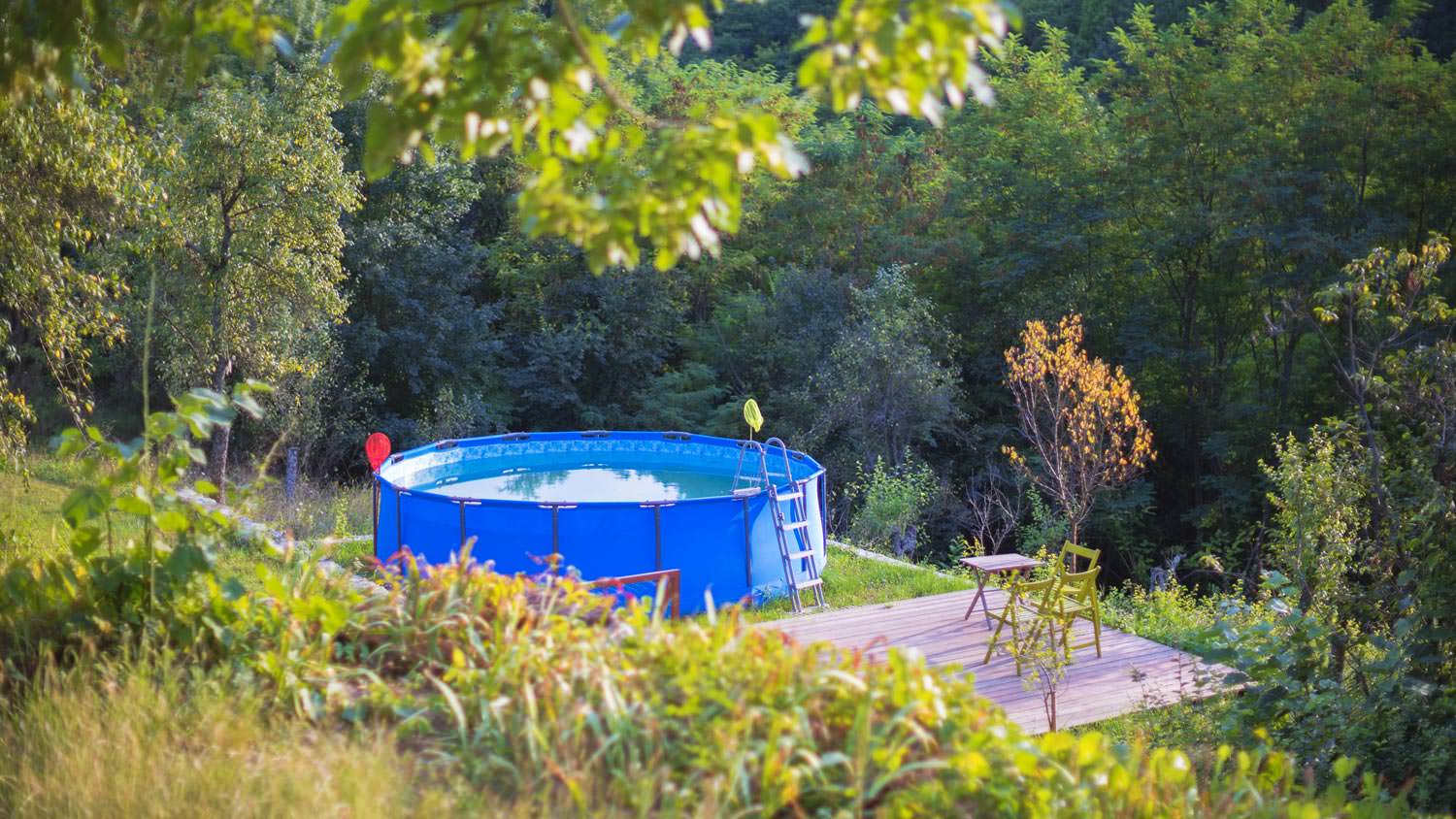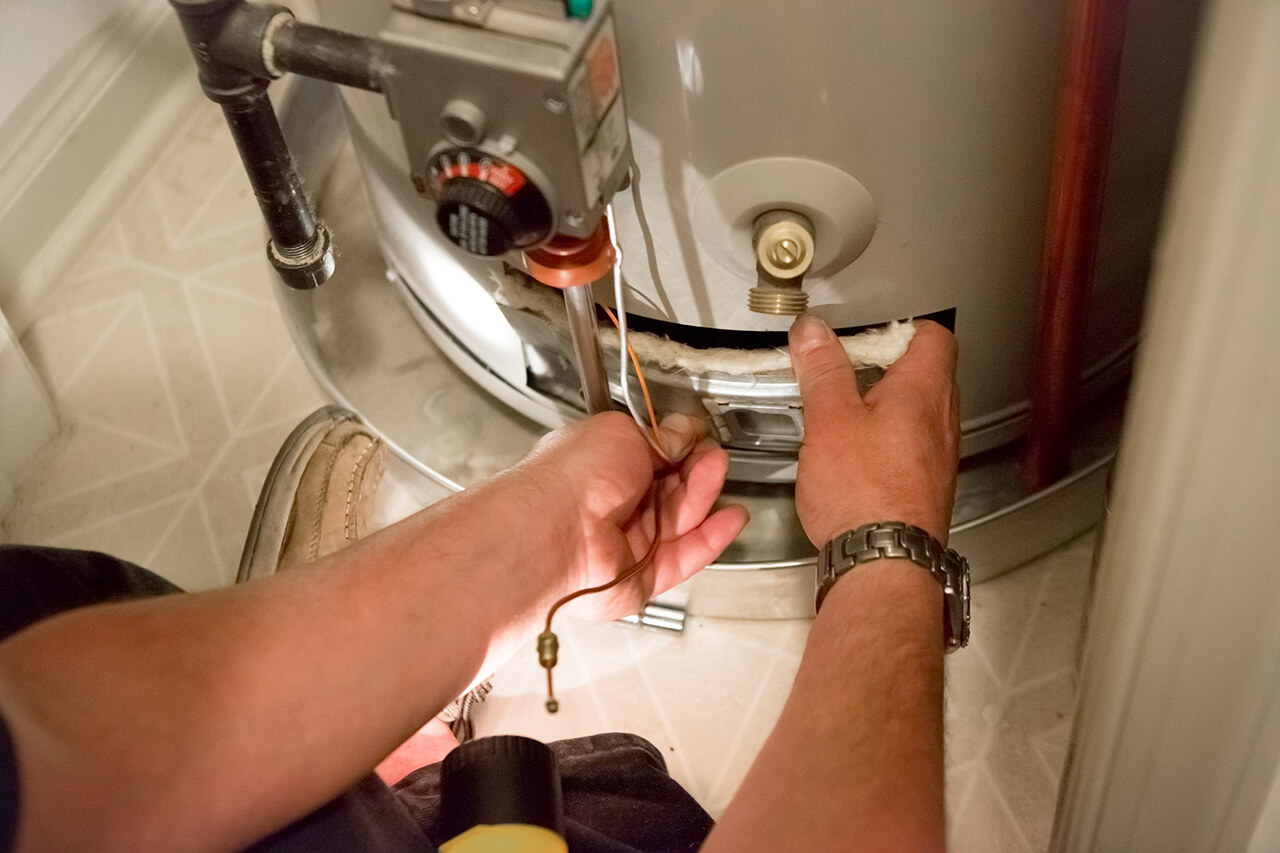
Learn how much butcher block countertops cost to install based on their size, thickness, material, and local labor rates.
Repiping a house costs between $372 and $2,134, with an average of $1,253. What you pay depends on how large your home is, the number of fixtures, and the pipe material your pro uses.


Labor is the main cost factor in repiping a house, accounting for around 70% of the total project cost.
The price also depends on home size, number of fixtures, pipe material, and accessibility.
Repiping ensures clean water, prevents leaks, and provides a reliable plumbing system.
Budgeting and hiring a professional plumber are key to a successful project.
A small project such as replacing a single pipe or partial repiping costs less, averaging $1,250.
This article was updated using automation technology and thoroughly reviewed for accuracy by HomeAdvisor Editor Ryan Noonan.
Replacing the pipes in your home ensures a steady supply of clean water and prevents costly leaks. On average, homeowners spend around $1,253 to repipe their entire house, with projects ranging from as little as $149 to as high as $5,800. Factors like home size, pipe material, and labor affect the final price. Here's what you need to know to effectively budget for repiping your home.
Several factors influence the cost of repiping a house, including the size of the home, the number of plumbing fixtures, the material and size of the pipes, accessibility, labor costs, inspections, permits, and disposal of old pipes.
The larger your home, the more extensive the plumbing system, leading to higher repiping costs. Installing new plumbing costs around $4.50 per square foot. Here's what you can expect based on your home's size:
| Home Size (Square Feet) | Average Cost of Repiping |
|---|---|
| 800 | $3,600 |
| 1,000 | $4,500 |
| 1,200 | $5,400 |
| 1,300 | $5,850 |
| 1,500 | $6,750 |
| 1,600 | $7,200 |
| 2,300 | $10,350 |
| 2,500 | $11,250 |
| 3,000 | $13,500 |
Note: The estimates in this table are based on an approximate rate of $4.50 per square foot. For new construction, rough-in plumbing costs between $4.50 and $5.25 per square foot, and whole-home projects fall between $8,000 and $13,500. Actual costs may vary based on project specifics.
The number of plumbing fixtures—like toilets, sinks, dishwashers, washers, and showers—affects your repiping costs. Different fixtures have varying costs. For example, connecting a toilet is less expensive than installing a new water heater. Typically, replacing a single pipe or partial repiping ranges from $370 to $2,130, averaging $1,250.
| Fixture | Average Piping Costs |
|---|---|
| Dishwasher | $400–$650 |
| Double Sink with Faucet | $400–$600 |
| Washing Machine | $300–$1,500 |
| Water Heater | $400–$1,800 |
| Toilet | $220 |
| Shower/Bathtub | $600–$1,600 |
Pipe material significantly impacts cost, and building codes may require specific types. Common pipe materials include:
Copper: Typically used for supply lines, costing between $2 and $12 per linear foot.
PEX: A flexible plastic option that costs between $0.40 and $4 per linear foot.
PVC: A common, inexpensive pipe material used for drain and waste pipes, costing between $2 and $4.50 per linear foot.
CPVC: A variant of PVC designed to withstand higher temperatures and used for supply lines, costing between $0.50 and $3 per linear foot.
Another material factor is the diameter of the pipes you choose to install. Supply and drain lines with a larger diameter can support higher water needs, which you might need if you’re repiping a large house with many fixtures. The cost to replace a drain pipe, for instance, will be higher if you need a 3-inch pipe versus a more common 2-inch pipe.
The accessibility of your existing pipes affects labor costs. If pipes are hard to reach—in crawl spaces, behind walls, or encased in concrete—expect higher plumbing estimates.
Skilled labor is the biggest cost in repiping your house, often accounting for about 70% of the total. It’s essential that you hire a local plumber to ensure a proper repiping job. The cost to hire a plumber ranges from $45 to $200 per hour.
Inspections are necessary for all new construction, including repiping projects. The exact costs of a plumbing inspection will vary depending on your location, so make sure you get an estimate before setting the final budget for this project.
Like inspections, permits are vital to getting a repiping project approved. Permit prices also vary greatly by region, but you can expect to pay between $50 and $500 to get the permits you need.
Unless you’re piping a brand new home, you’ll need to pay to have your old pipes removed and disposed of. This cost will be reflected in your initial estimate, but it can add between $1,000 and $5,000 to your final bill.
Given the high cost of repiping, it's worth determining if you need a full replacement or just repairs. Sometimes, affordable repairs can extend your plumbing's life. However, if you're experiencing these issues, repiping might be the better option:
Change in water color or taste: If your home’s water supply is discolored or if the taste of your water suddenly changes, it could be a sign of corrosion in your plumbing. In many cases, corroded pipes will need to be replaced entirely.
Drops in water pressure: If you’re experiencing ongoing drops in your water pressure, it’s often a sign of issues with your supply lines. You may have to repipe your home or look into water main replacement costs.
Back-ups: Are your sinks and tubs taking an extra long time to drain, even if the drain itself is clear? It could be a sign of issues with your drain or waste lines, which might need to be repiped.
Leaks: Leaks (even small ones) can be a symptom of serious plumbing trouble, which can cause significant water damage to your home. If you notice leaking pipes, you’ll need to at least have the whole plumbing system inspected, if not replaced entirely.
Aging pipes: Plumbing systems aren’t designed to last beyond 50 years. If your pipes are older than this, regular inspections are recommended to ensure there are no problems.
While repiping doesn't increase home value like a kitchen remodel might, old or defective pipes can deter potential buyers and force you to lower your asking price. Functioning plumbing is expected, not a selling point, so there's no significant ROI. However, investing in new piping is essential if your current system may not pass inspection.
Although repiping can be costly, you can reduce expenses with these strategies:
Choose materials wisely: Select pipe materials that balance cost and durability. PEX and CPVC are budget-friendly but may not last as long as copper.
Do your own prep: Save on labor by clearing access to pipes, handling interior painting afterwards, or insulating pipes yourself if you're experienced.
Consider partial repiping: If only certain sections are problematic, repiping just those areas can cut costs significantly.
No place is more important than your home, which is why HomeAdvisor connects homeowners with local pros to transform their houses into homes they love. To help homeowners prepare for their next project, HomeAdvisor provides readers with accurate cost data and follows strict editorial guidelines. We surveyed thousands of real customers about their project costs to develop the pricing data you see, so you can make the best decisions for you and your home. We pair this data with research from reputable sources, including the U.S. Bureau of Labor Statistics, academic journals, market studies, and interviews with industry experts—all to ensure our prices reflect real-world projects.
From average costs to expert advice, get all the answers you need to get your job done.

Learn how much butcher block countertops cost to install based on their size, thickness, material, and local labor rates.

Curious who to call for drain flies? See why a drain cleaning company beats pest control, how pros fix it, and what a simple job costs.

Not sure who to call to identify a smell in your house? Learn when to hire a home inspector or specialist and what a $350 inspection covers.

Learn who to call for HVAC inspection. Discover which pro to hire, what to expect from an HVAC inspection, and average costs for your home.

Use this pool sand calculator to figure out how much sand you need for your upcoming project.

Use this guide to budget for water heater repair costs based on factors such as heater type, repair issue, parts, labor, and more.